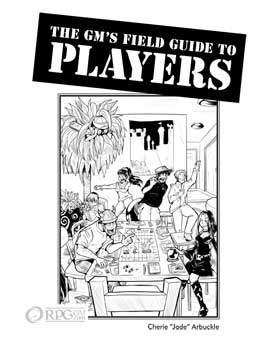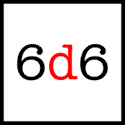Mood and theme may seem like something that should’ve been left behind in English Lit. 101. Yet, I’ve found them very useful for game development; they give me a jumping-off point, particularly when I need to make things up on the fly.
Mood
Many cities and towns seem to have an overall “feel” about them. Think about it — how often have you heard the phrase “a sleepy little town” or a “bustling city”. These are over-generalizations, but they give you a basic idea of a location’s mood. I’ve lived in several states and many cities on both coasts of the US and every town I’ve ever called home has its own, distinctive feel. L.A. always seemed to be in a hurry — almost frenetic , while Seattle boomed with enthusiasm and optimism. Eugene, Oregon was reactionary, but with a strong sense of community and Fuquay-Varina, NC is friendly and open. Of course, everyone’s going to have their own impressions of an area.
I want Meadowbrook to have the feeling of a busy trade town. While not a major stop on the river’s trade route, it should have a enough business to make it a brisk — though not booming — “port of call”. The permanent residents would be used to having travelers coming and going, so visitors (like the PCs) should be treated courteously and welcomed in the “tourist areas” of the town. However, it’s still a small enough community that new people would stand out; it’s not a town a stranger could disappear into.
Most of the town’s residents would be farmers, craftsmen (and women), and dock hands. Hardworking, “salt of the earth” folk who still find time to sit down with their families. So let’s call the mood of the town “industrious”.
Theme
I like to think of a theme as an open-ended question or a pair of opposing keywords. Sometimes, I know exactly what theme I want to explore. For example, I might set up a kingdom in turmoil just for the purpose of dealing with questions such as “Is it possible to be gentle and still be an effective monarch?” Other times, such as here with Meadowbrook, some other aspect serves as the town’s inspiration and I need to figure out a theme that fits my concept so far.This is generally where I need some help.
As a visual designer, I find pictures extremely helpful. So, frequently, I’ll turn to a tarot deck, find an image that seems to fit, look up the card’s meaning an build a theme around that. For Meadowbrook, I decided to do a slight modification and pulled out the Fortune Deck from my Everway set. Looking through the pictures on the cards, I found one that captured the feel of Meadowbrook for me: Spring. (Here’s an alternate version of the card — very similar to the original for those of you who are like me and need a visual reference). Spring offers the choice between stagnation and new growth. We’ll need to figure out what “new growth” opportunities Meadowbrook has available to it. For now, though, we’ll just keep it in mind as we continue to develop the town.
Tomorrow: Town infrastructure






